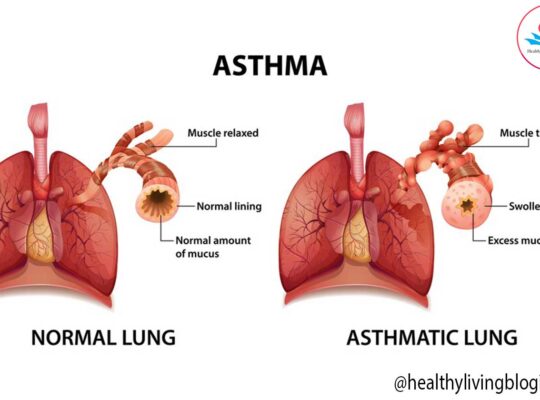Typhoid, also known as typhoid fever, is a bacterial infection caused by the bacterium Salmonella enterica serotype Typhi. It is a highly contagious disease that spreads through contaminated food and water or close contact with infected individuals. Typhoid fever is more common in developing countries with poor sanitation and hygiene practices. Symptoms typically include high fever, headache, stomach pain, weakness, and loss of appetite. If left untreated, it can lead to serious complications. Typhoid can be prevented through good hygiene, safe drinking water, and vaccination.

The symptoms of typhoid can vary but typically include:
- Fever: A continuous high fever, often reaching 103-104°F (39-40°C) is a classic symptom of typhoid.
- Weakness and fatigue: The infection can cause extreme tiredness and weakness.
- Headache: Persistent headaches are common during the early stage of the illness.
- Abdominal pain: Mild to severe abdominal discomfort or pain may be experienced, particularly in the area around the belly button.
- Loss of appetite: A decreased desire to eat or drink is a common symptom.
- Diarrhea or constipation: Some individuals may experience alternating episodes of diarrhea and constipation.
- Rose spots: These are small, pink-colored spots that may appear on the trunk and abdomen.
- Rash: In some cases, a rash resembling flat red spots may develop on the skin.
- Body aches: Generalized muscle aches and joint pains can occur.
- Cough: A dry cough can develop in some cases.
Common causes of typhoid:
- Contaminated Food and Water: Consuming food or water that has been contaminated with the feces of an infected person is one of the primary ways typhoid spreads. This can happen when wastewater contaminates the water supply or when food is handled by an infected individual who hasn’t practiced proper hygiene.
- Poor Sanitation: In areas with inadequate sanitation facilities, the risk of typhoid transmission increases. Lack of access to clean water, proper sewage disposal, and hygienic practices can contribute to the spread of the bacteria.
- Carriers of the Bacteria: Some individuals who have recovered from typhoid can become chronic carriers of the bacteria. They might not show any symptoms but still shed the bacteria in their feces, which can contaminate the surroundings and spread the infection to others.
- Close Contact with Infected Individuals: Direct contact with an infected person can facilitate the transmission of the bacteria. This includes being in close proximity to someone who is actively infected or sharing personal items such as utensils, towels, or clothing.
- Travel to Endemic Areas: Traveling to regions where typhoid is common increases the risk of contracting the disease. Consuming food or water in areas with inadequate sanitation practices puts travelers at a higher risk.
It’s important to take preventive measures such as practicing good hygiene, drinking clean and safe water, and ensuring proper food handling and preparation to reduce the risk of typhoid infection.
Treatment Steps for Dealing with Typhoid:
The treatment for typhoid fever usually involves a combination of antibiotics and supportive care.
Antibiotics are commonly used to treat typhoid fever. The medications help kill the bacteria and reduce the symptoms. It’s important to complete the full course of antibiotics as prescribed by the doctor to ensure the infection is fully eradicated.
In addition to antibiotics, supportive care is crucial in managing the symptoms and preventing complications. This may include:
- Fluid replacement: Typhoid fever can cause dehydration due to high fever, sweating, and poor fluid intake. Drinking plenty of fluids, including water, oral rehydration solutions, and electrolyte-rich drinks, helps maintain hydration levels.
- Nutritional support: A balanced diet rich in nutrients is important to support the immune system and aid in recovery. Consuming easily digestible foods and avoiding spicy or greasy meals is recommended.
- Fever management: Over-the-counter medications like acetaminophen (paracetamol) can be used to reduce fever and relieve discomfort. However, it is important to consult a healthcare professional before taking any medications, especially in children or individuals with pre-existing medical conditions.
- Rest and isolation: Adequate rest is essential for the body to recover from the infection. Isolating the patient and practicing good hygiene, such as frequent handwashing, can prevent the spread of the bacteria to others.
 | It is important to seek medical attention if you suspect you have typhoid fever or if you experience persistent high fever, abdominal pain, severe headache, or any other concerning symptoms. Prompt diagnosis and treatment can help prevent complications and promote a faster recovery. |







